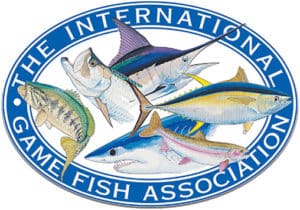A large number of people enjoy sportfishing and tourism in the waters of Costa Rica. This activity, in addition to being an excellent form of recreation and distraction, contributes to the development of coastal areas since it generates foreign exchange and direct and indirect jobs. That’s why in CR Fishing Charters we make our best to make sure that our selection of Costa Rica sportfishing charters are lead by crews with knowledge and experience of the local fishing regulations and best practices.
This guide promotes interest in conservation of the good conditions of the coasts and ocean. Therefore, is it important promoting good, standardized, sustainable and legal practices, and environmental responsibility among fishermen.
General Aspects
Respect current legislation
A responsible fisherman respects current legislation. These regulations ensure the conservation of the resource and benefit us directly:
- Keep your fishing license up to date.
- Navigate boats legally registered and in order.
Article 71 of the Fishing and Aquaculture Law No. 8436 of 2005 details the obligations for sport fishing vessels.
- Do not fish prohibited species or within areas prohibited for fishing; Generally, these areas are important nurseries and refuges for the fish of interest.
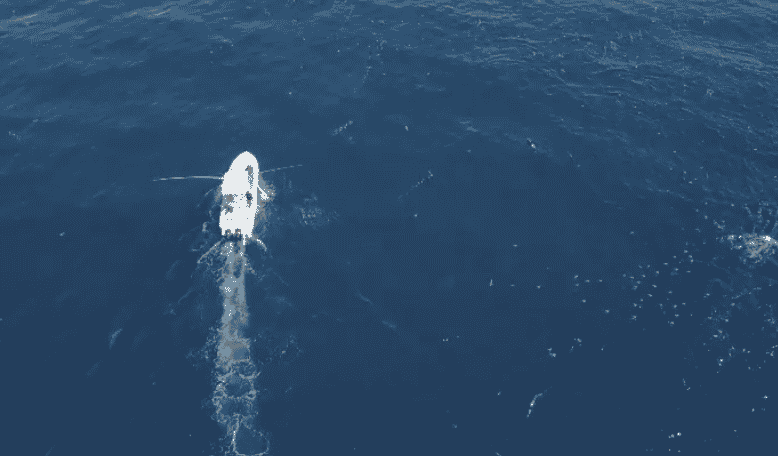
Article 9 of the Fishing and Aquaculture Law No. 8436 of 2005 prohibits fishing in national parks, national monuments and biological reserves. It is sanctioned with a fine of twenty to sixty base salaries and the cancellation of the license.
- If you are going to fish with a sportfishing tours company , make sure that they follow current regulations, are commitment to the environment and cares about your safety.
Do not pollute the ocean
- Pollution directly affects marine-coastal resources and degrades outdoor natural experiences:
- If you bring food, packaging and items to your fishing trip, please bring them back. Do not throw garbage and pick it up even if it is not yours.
- Fishing lines, plastic bags, six pack rings and other debris are dangerous for marine life; make sure they don’t fall into the sea.
- Keep your boat in optimal conditions, make sure there are no fuel or oil leaks.
- When cleaning fish that will be consumed, do not leave the discards on beaches, intertidal pools or riverbanks.
- Promote and participate in recycling and cleaning programs.
Article 275 of the General Health Law No. 5395 of 1973 prohibits contaminating water with any type of waste.
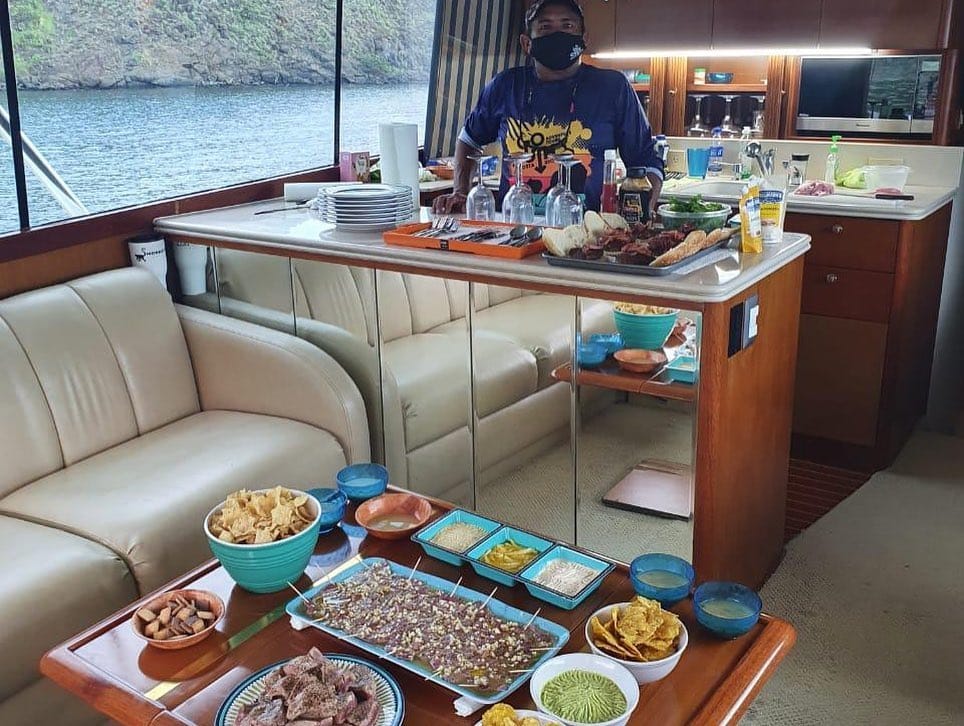
Show respect for others
On the coasts and riverbanks there are sportfishing enthusiast, tourists and local fishermen. Having mutual respect brings a good atmosphere and the safety of all.
- Be courteous and respectful towards coastal communities.
- Avoid crowding in the fishing area where other fishermen are.
- Recognize the right to fish of commercial and artisanal fishermen who fish with legal gear and in permitted sites; they provide the fish and shellfish that many enjoy.
- If you fish from a motorized boat, reduce the risk of accidents; do not cruise too close to beaches or at high speeds if there are other boats in the vicinity.
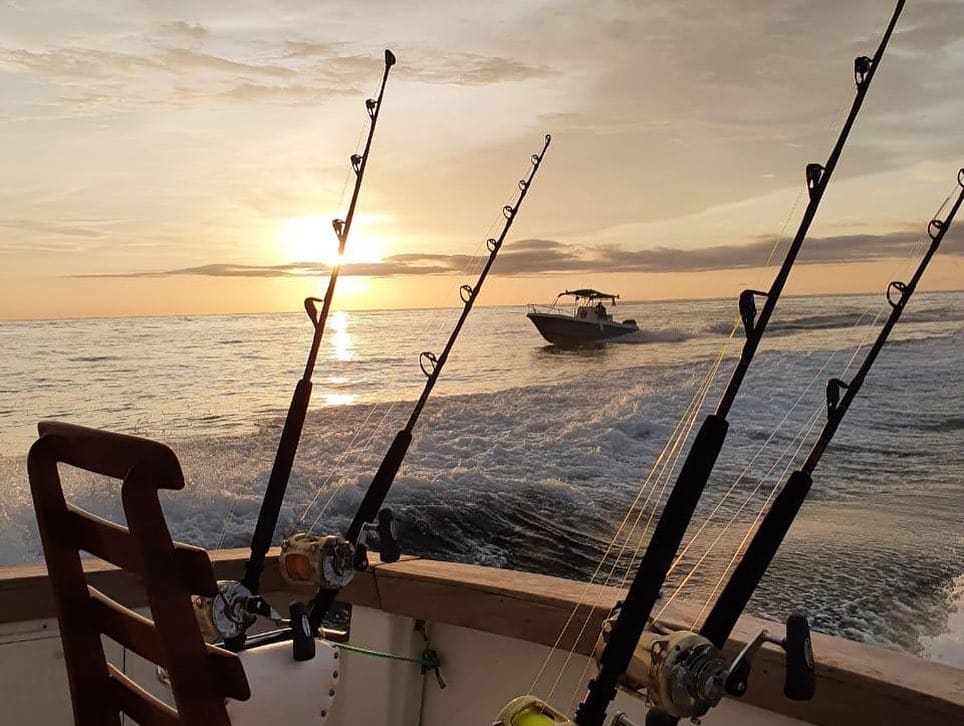
Do not focus on the number of fish caught but on enjoying the sea
The vast majority of sportfishing anglers consider that a fishing trip is successful because of the quality of the experience, not because of the number of fish caught. Focus your interest on:
- Have a good time outdoors either alone or in the company of family and friends.
- Admire and learn from the marine world that surrounds it.
- Meet and share experiences with local communities.
This way you won’t be so concerned about the number of catches and you’ll become a better fisherman.
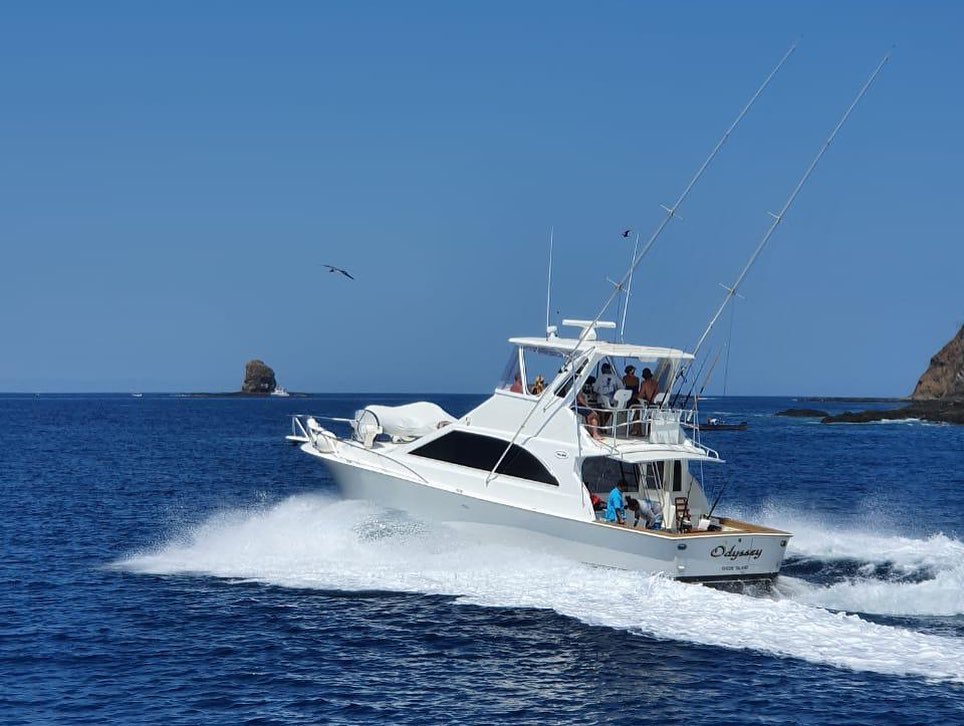
Promote the conservation of natural resources and responsible fishing
Sportfishing depends on a healthy environment and proper practices, make a difference by setting an example:
- If you are a captain or sailor, sport fishing guide or someone with experience within the group, make others aware of the importance of proper practices, this is one of your responsibilities.
- Be careful when using anchors as they can damage corals and other living things. Whenever possible, use fixed buoys to moor your boat.
- Learn about marine species, their ecosystem and conservation; this will make you a better fisherman.
- In case of sighting large marine mammals such as whales, keep a safe distance since getting too close can be dangerous for you and your companions as well as them.
- When you take a child to fishing, set a good example, they will inherit your good practices. Giving him a good example will be a good life lesson.
Article 32 of the Fishing and Aquaculture Law No. 8436 of 2005 details the principle of responsible fishing: “The act of fishing must be carried out responsibly to ensure the conservation and effective management of living aquatic resources, in order to avoid excessive exploitation and prevent harmful effects on the environment and the ecological system”
Appropriate equipment
The right equipment makes your activity easier and provides security. The equipment varies according to the type of fishing that is done, but in general it includes gloves, knife, rope cutter, and pliers. You must also choose a suitable fishing line, reels and rods.
- Professionals recommend 12 to 20 pound ropes for inshore fishing, 20 to 30 pound ropes for fish like sailfish, and 50 pound ropes or more for large animals like tuna or marlin.
- Use a leader long enough to handle the fish properly.
- Some experienced anglers like to use more specialized equipment such as dehooks and/or special tongs to hold and handle the fish by the jaw. In the case of the hook remover, it has been used successfully by fishermen for many years.
- Protect yourself from the sun! Hats, caps, sunscreen and tinted glasses are good allies on a fishing trip.
- Keep safety equipment in good condition (vests, floats, lights, flares, VHF radio, etc.).
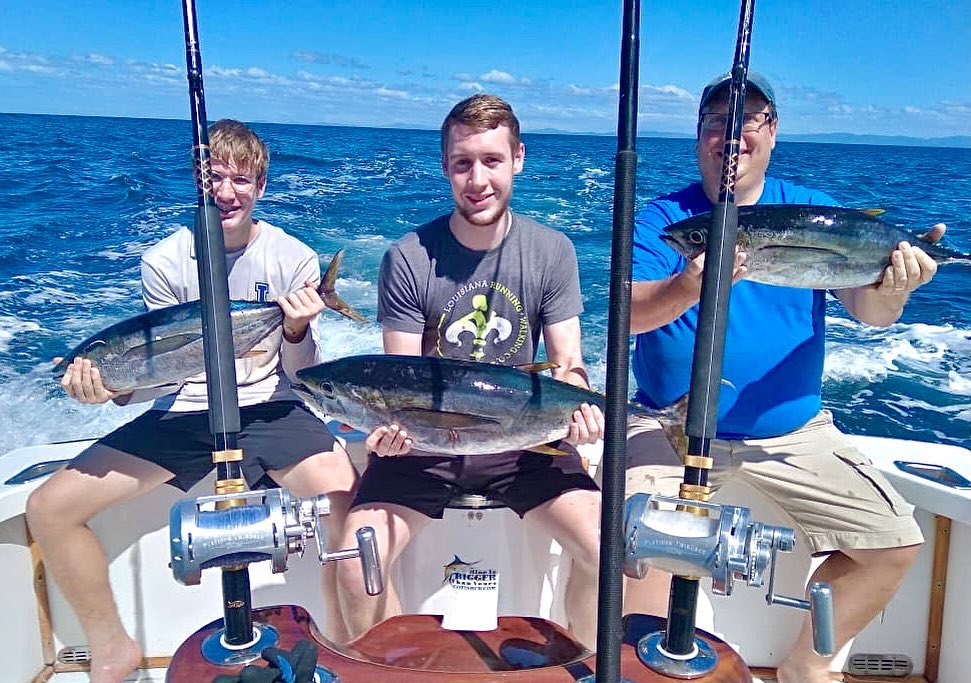
Catch-and-Release
Practice FPR: Fish-Photograph-Release!
The fish that are the target of sportfishing have a higher value alive than dead; ensure the perpetuity of the species and of the activity you carry out. Let the fish live to “fight” another day and reproduce.
- With photographs of the fish you will have a nice memory of your trips, however, you should not mistreat the fish and create a danger for yourself or your companions.
Article 7 of the Agreement of the Board of Directors of INCOPESCA 476 of 2009, prohibits placing the specimens overboard for photographic purposes and the use of hooks to bring in the specimens of billfish (marlin, sailfish and swordfish) captured.
- Do not take the specimen out of the water. Studies show that taking a fish out of the water to be photographed is harmful to them. Taking a fish out of its environment can cause harm by hurting its jaw and/or spinal column, removing the mucus or “slime” that protects it, exposing its eyes to the sun, drying out its gills and hitting
the fish accidentally. - It is not necessary to photograph all the fish you catch, only the most outstanding specimens.
- A liberation photo is worth much more, and will make you feel better, than the misnamed “hero shot”.
- If you participate in tournaments, ensure the future of sportfishing: participate only in catch and release tournaments.
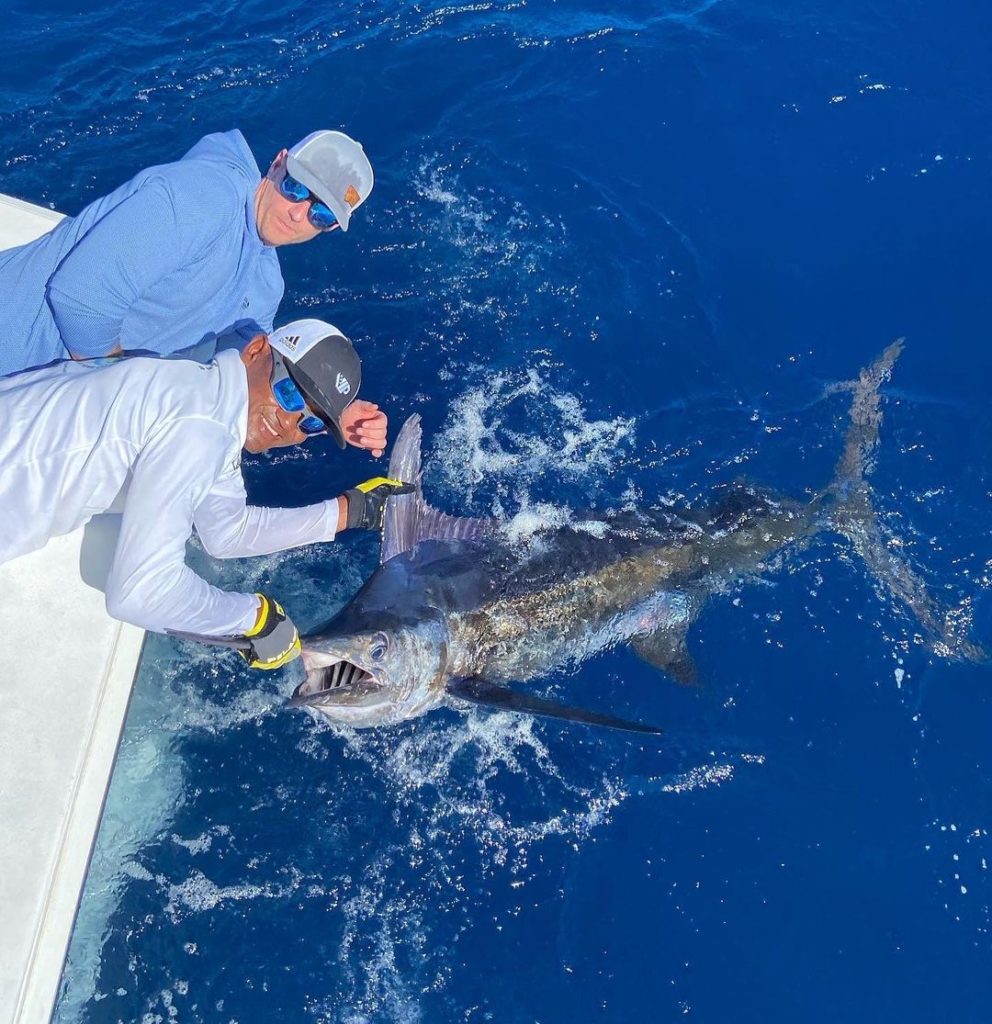
Selection of hooks
Choose the appropriate hook, thus promoting responsible sportfishing. The type and size of the hook influences a successful catch and release:
- When fishing with bait, live or dead, always use circle hooks; They are preferred by professionals. With these it is easier to catch the fish, it reduces the deep entanglements in the stomach or gills, it reduces the
possibility of damage to the eye of the fish and facilitate a successful release. These hooks reduce the impact on the fish and will guarantee you a better fishing session. - Experiment with barbless hooks. These give you the tough fishing you’re looking for, lessening the shock on the fish and making it easier to release properly. The beard can be removed with a file or it can be disabled with pliers.
- Use a correct hook size, the larger the hook size, the larger the size of fish that can be hooked.
- Avoid using very thick hooks, these are generally more expensive, are not very useful and take longer to rust if you cannot remove the hook from the fish.
- Never use stainless hooks. If you fail to remove the hook, a stainless hook will cause great damage to the fish.
- Experiment using single hooks and not trebles (“cones”) on your lures, the single hook provides better hooks and reduces the chance of hooking the fish in multiple spots.
- Never use bait preserved with formalin or other chemicals, this can cause harm to the animal that ingests it.
Article No. 1 of the INCOPESCA Board of Directors Agreement 439 of 2003 makes the use of circle hooks mandatory in billfish fishing (marlin, sailfish and swordfish) when live or dead bait is used.
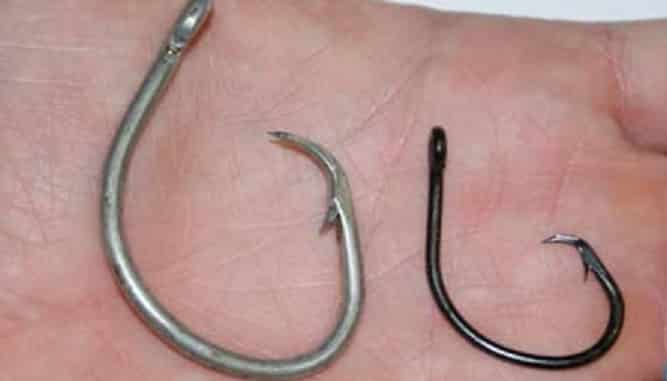
Minimize “fight” time
Less “fight” time = Greater probability of survival for the fish
- Reducing the time of the fights also reduces the stress on the specimen and increases the chances that it will survive to “fight” another day.
- If you fish from a boat, use the motor to move the boat and thus save rope and time; this identifies a good, experienced captain.
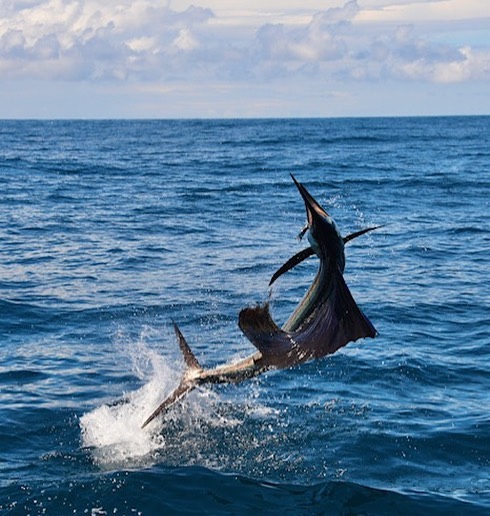
Release fish quickly and correctly
If you release fish quickly and correctly you are promoting their survival, the future of the sport and the species:
- Fish are designed so that the water supports their weight from all directions and to extract oxygen from the water, not from the air. Taking them out of their environment can cause stress and possible unnecessary damage.
- Handle the fish to a minimum and when doing so make sure that its head is always in the water.
- Do not touch the eye or the gills (gills) of the fish, these areas are sensitive and vital.
- If you fish from a boat, try not to let the fish hit the railing. If fishing from land, avoid contact of the fish with rocks or sand.
- In the case of billfish (marlin, sailfish and swordfish) the fish should be taken only from the base of the “beak”, otherwise it can hurt it and even break the beak of the fish.
Article 6 of the INCOPESCA Board of Directors Agreement 476 of 2009 indicates that billfish (marlin, sailfish and swordfish) must be released alive and must not be removed from the water.
- If the fish is exhausted you must oxygenate it (“revive it”). The correct way is to circulate water through the fish’s mouth until it recovers. If you are in a boat use the flow of water that is generated by having the boat running.
In coastal fishing you can carefully move the fish back and forth. You can move the fish carefully in a wave fashion. Help the fish swim out. - If the hook is not visible, try to remove it carefully. When it is not possible to remove the hook, cut the line (never break it) as close as possible to the hook and release the fish correctly. The use of suitable hooks (see page 15) facilitates a successful release.
Consumption of sportfishing catches
Take only what is necessary
World fisheries are highly impacted and in decline, you can have a part in the conservation of the resource; never take more fish than you need to meet your immediate needs:
- One of the differences between sportfishing anglers and artisanal and commercial anglers is that the first ones do not sell their catch. If you sell your catch, you are harming the artisanal and commercial fishermen who depend on this economic activity, as well as other recreational and tourist fishermen due to a possible decrease in the abundance of fish.
- Not only steaks are tasty; make the most of the fish.
- Comply with current legislation such as closures and catch limits if they apply.
- If possible, return unused live bait to the area where it was caught. In case the fish that were to be used as live bait die, they can continue to be used as dead bait. Don’t waste your bait.
- If it is possible to differentiate the sex of the fish, try to return the females to the water as they may be loaded with eggs.
- Take out of the water only the fish that you are going to consume and seek to release more fish than those that you reserve for consumption.
- Do not consume species of tourist and sports interest, these species have a higher value when they are alive and in healthy populations.
Article 76 of the Fishing and Aquaculture Law No. 8436 of 2005 declares sailfish, blue marlin, black marlin, striped marlin and tarpon of tourist and sports interest.
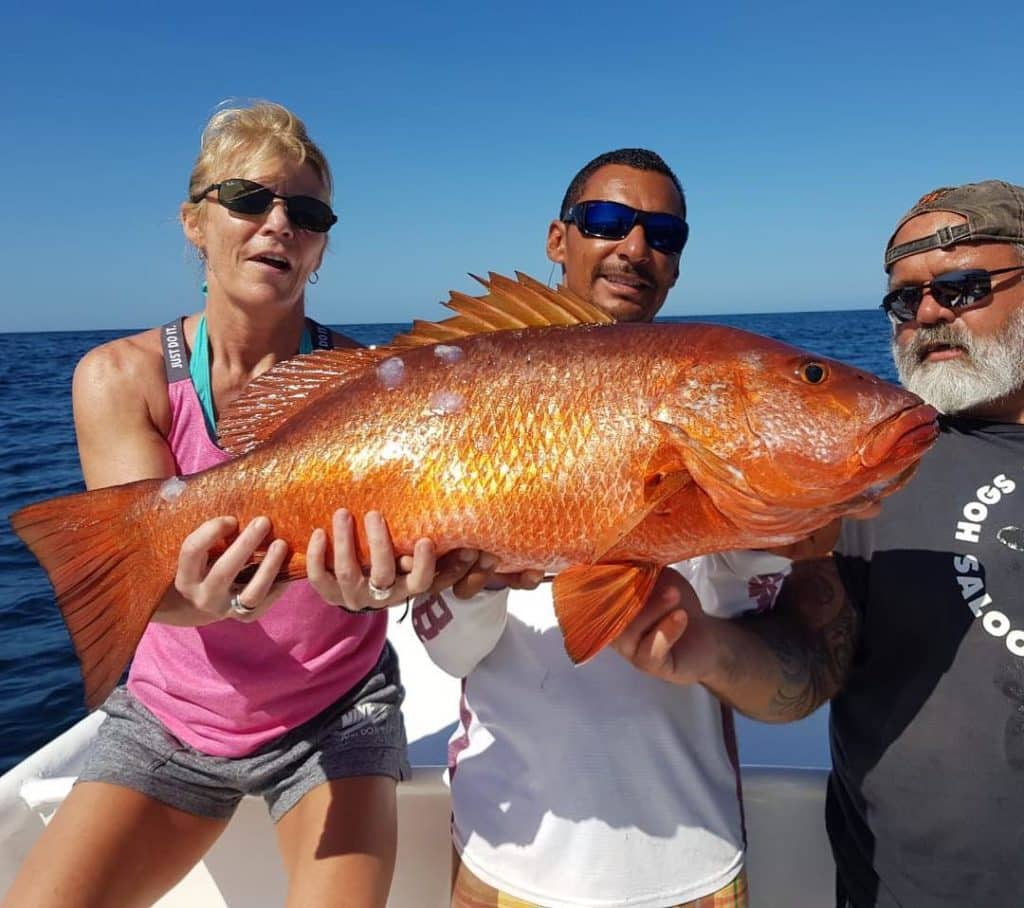
Finally, enjoy your Costa Rica sportfishing experience!
Special thanks to:
- MarViva Foundation
- Comisión Interinstitucional de Marinas y Atracaderos Turísticos (CIMAT)
- Instituto Costarricense de Pesca y Acuicultura (INCOPESCA)
- Instituto Costarricense de Turismo (ICT)
- Federación Costarricense de Pesca (FECOP)



